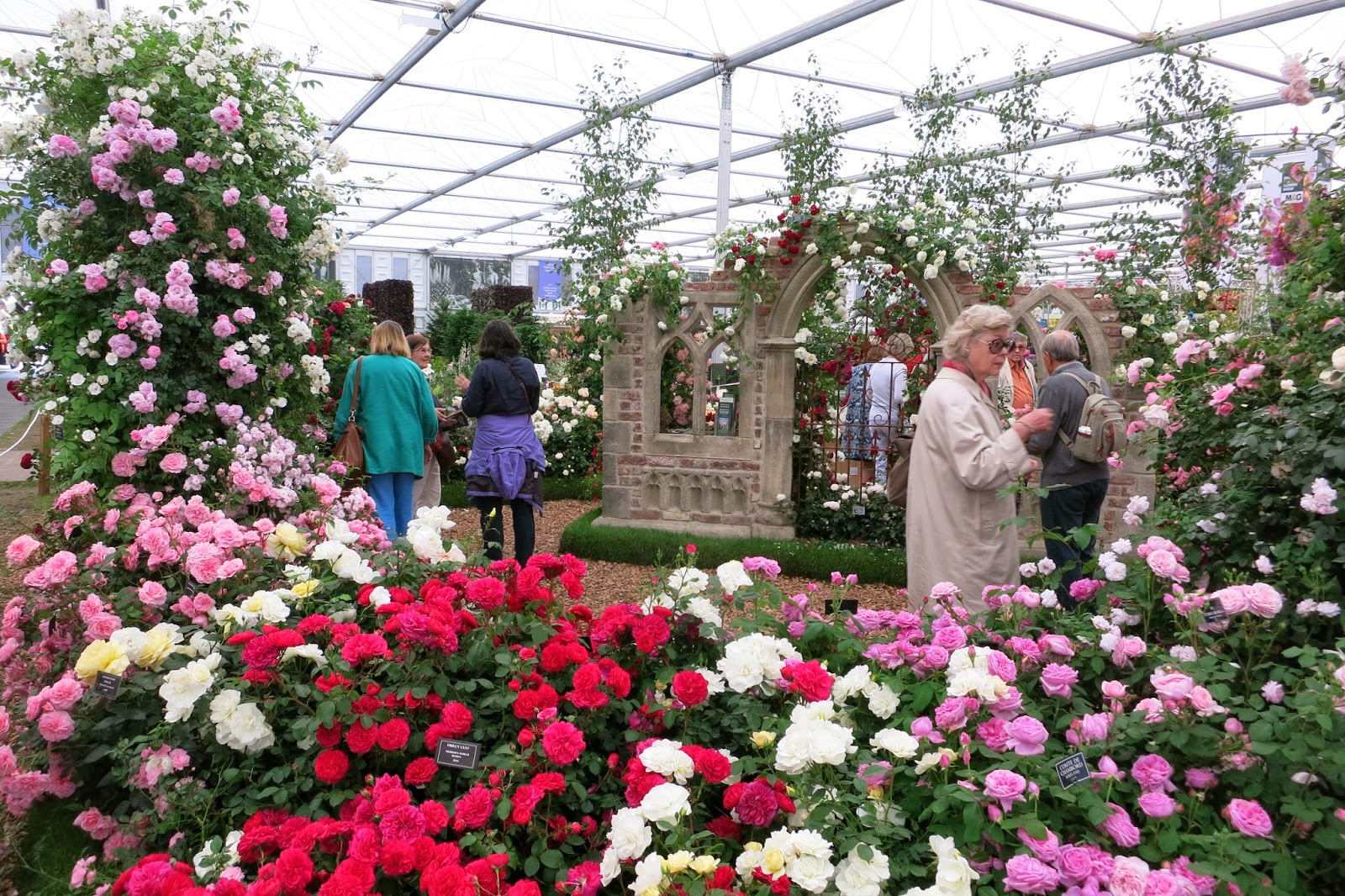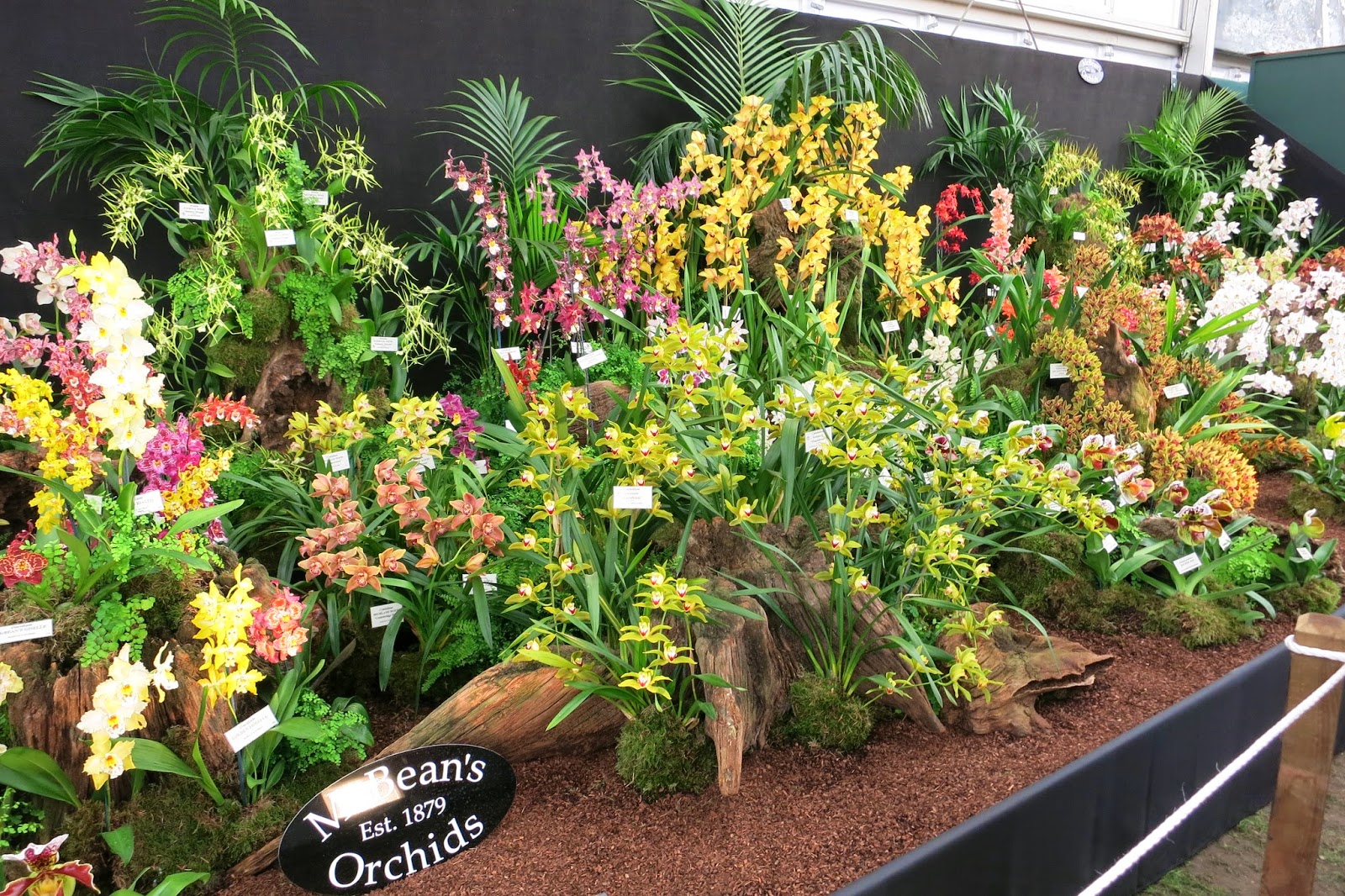When we arrived in London, it was early morning and too early to check into the hotel so we left our luggage and took the Underground out to Kew Gardens. It was a beautiful day with bright sun and warm temperatures. We walked around Kew for most of the day. Kew consists mostly of wonderfully green meadows with mature trees.
Most of the meadows have wild flowers and spring bulbs which were not in bloom when we were there. They keep the grass long in the meadows to allow the spring bulbs to mature and only cut paths through so you can ramble.
The very Victorian intermediate house is closed for renovations but is still a magnificent sight. They have raised a significant amount of money to do the job and expect it will take several years to accomplish. They have removed most of the plant material to other greenhouses.
This is a view from one of the entrances to the temperate house and shows how dramatic a relatively simple planting scheme can be. There is a long vista with a path planted with small trees on either side which are spaced in meadow grasses. Kew, because it is large, has the ability to have such dramatic features but even a small garden can have a similar effect although on a less dramatic scale.
There are more formal gardens within Kew. This again shows the value of space with a vista to a "folly". The main colour in this garden is from Cistus.
Perhaps the most famous vista is this one with mature oak trees in a mown lawn. This vista stretches almost a kilometre.
The Palm House is magnificent and with its formal annual plantings in front as well as rose gardens and topiary features makes a great sight.
Finally, it is well worth a visit to the Marianne North Gallery in the gardens. This building contains a remarkable collection of paintings by Marianne North who painted plants in Victorian times from around the world including Australia. There are literally hundreds of paintings covering the walls which show the diversity of flowering plants.























































